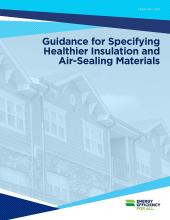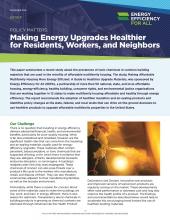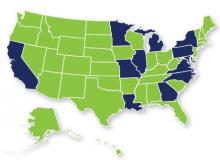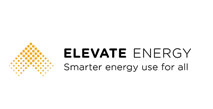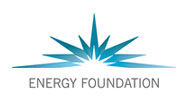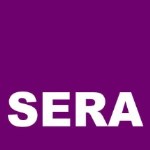
Twenty years of research and measurement of traditionally-omitted program impacts, or non-energy benefits (NEBs), have provided increasingly robust and consistent results – results that are suitable for regulators, utilities, and interveners to explore options for updating cost-effectiveness test methodologies to better inform and address potential biases in program and portfolio decision-making. The literature on NEBs now consists of more than 300 studies of various types, and more than a dozen states currently include some NEBs-related treatment in their regulatory benefit-cost testing procedures.
| Attachment | Size |
|---|---|
| 1.44 MB |



